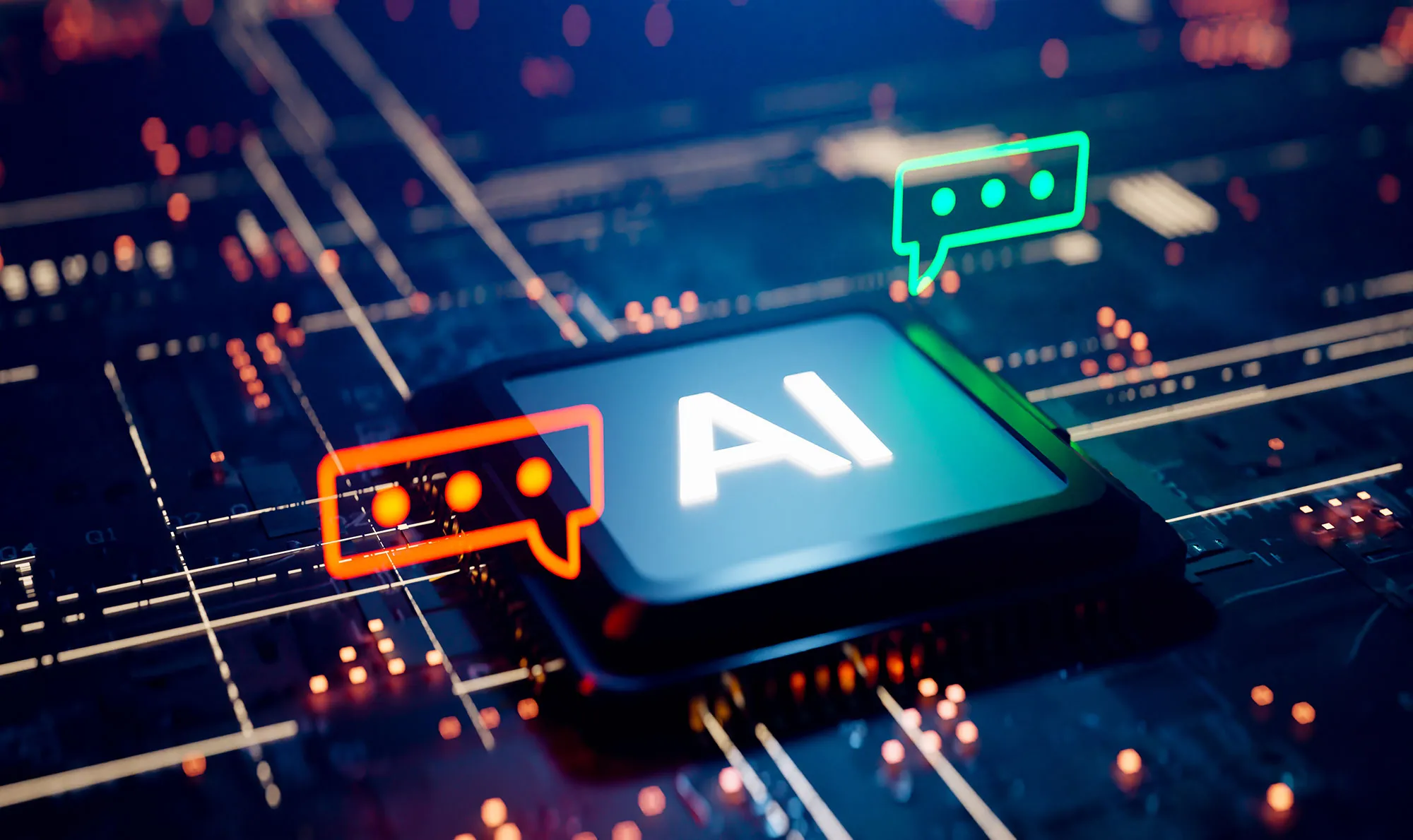CLEVELAND, Ohio — Across classrooms throughout Ohio, teachers like Ana Sepulveda from a bilingual school in Dallas are ushering in a new era of education, harnessing artificial intelligence tools to transform lessons into engaging adventures. When Sepulveda wanted to connect geometry with her students' passion for football, ChatGPT generated a five-page lesson plan in seconds, bringing triangles and angles to life through football field design. “This is a turning point,” she said, standing before a sixth-grade class where students eagerly sketched their own stadiums. In a state where teacher burnout has reached critical levels, AI is becoming not just a tool but a lifeline, giving educators back time, creativity, and work-life balance.
Gallup and Walton Family Foundation survey, published on June 25, 2025, showed that 60% of K-12 public school teachers in the U.S. used AI in the past school year, with Ohio reaching 65%, especially among high school teachers and early-career educators. With an estimated saving of about six hours per week on tasks such as lesson planning, test creation, and administrative work, AI helps reduce burnout, which has led 12% of Ohio teachers to leave the profession since 2020, according to the Ohio Education Association. “It’s like having an assistant who never sleeps,” said Mary McCarthy, a social studies teacher from Houston, who uses AI for tailoring materials and communicating with parents.
Rethinking the Classroom
AI tools, from ChatGPT to specialized platforms like Canva AI, enable teachers to create personalized lessons, adapt materials for students with special needs, and even translate content for multilingual classes. In Cleveland, English teacher Darren Barkett uses AI to generate multiple-choice tests and evaluate essays, saving hours previously spent on manual grading. “I can focus on what really matters — inspiring students,” he said, adding that AI also helps detect work generated by students using chatbots, through pattern recognition and flawless grammar.
In Columbus suburb Lindsay Johnson, an art teacher, uses school-approved AI tools to help eighth graders complete creative projects like portraits of influential people. She allows generative AI to create backgrounds but only after students have finished the main work manually. “My goal is to teach them to use AI as a tool, not a crutch,” Johnson explained, emphasizing the importance of maintaining creative control. Her approach reflects a broader trend in Ohio, where districts like Columbus City Schools have introduced AI training for teachers to promote ethical and effective use of technology.
Challenges and Cautions
Despite enthusiasm, integrating AI into education raises concerns. Gallup research showed that 52% of teachers worry that excessive AI use by students could weaken critical thinking and perseverance. In 2023, following the launch of ChatGPT, many Ohio schools, including Cleveland Metropolitan School District, temporarily banned AI over concerns about plagiarism. However, by 2025, most districts, supported by Ohio Department of Education guidelines, moved toward integrating AI with clear rules. For example, teachers’ lessons should remain the final voice in assessments, and AI is recommended for “low-stakes” tasks like multiple-choice tests, rather than for nuanced evaluations.
Mayar Israel, an associate professor at the University of Florida, emphasized the importance of human judgment. “AI can grade a test in seconds, but it doesn’t understand the student’s context or emotions,” she noted, urging teachers to review AI results to avoid unfair assessments. Districts in Ohio, such as Dublin City Schools, have implemented policies requiring students to report AI usage in assignments to uphold academic integrity.
Ohio at the Forefront
Ohio, where 1.6 million students attend public schools, is becoming a leader in AI adoption in education. The state Department of Education issued guidelines in 2024 calling for districts to develop teacher training programs and set boundaries on AI use. For instance, in Akron Public Schools, teachers undergo training in platforms like Google Bard and Microsoft Copilot to create inclusive materials for students with diverse needs. “We’re not afraid of AI,” said Susanna Feips, Director of Innovation in Akron. “We are learning how to use it to prepare children for a world where AI will be everywhere.”
However, not all districts are equally prepared. Rural areas, such as Lorain County, where access to technology is limited, have only 40% of teachers using AI, compared to 70% in urban centers like Cleveland, according to Gallup. Funding disparities and limited access threaten to widen AI implementation gaps, potentially exacerbating educational inequalities. “We can’t let AI become another barrier,” Israeli warned.
Back to Basics and the Future of Education
For teachers like McCarthy, AI has restored not just time but also joy in teaching. “My weekends are mine again,” she said, recalling how she used to spend Saturdays preparing lessons. Surveys show that 80% of teachers using AI report improved work-life balance, and 60% note higher-quality materials. In a state where a teacher shortage led to 3,200 vacancies in 2024, according to Ohio Department of Education, AI may be a key to retaining educators.
While Ohio pioneers AI use, teachers like Sepulveda, Johnson, and Barkett demonstrate how technology can amplify human potential rather than replace it. From football fields to portraits, AI helps teachers craft inspiring lessons and reclaim time for creativity and relaxation. As this technology becomes an integral part of education, Ohio must ensure it serves all students and teachers—not just those with resources. In a rapidly changing world, Ohio’s classrooms are becoming laboratories of the future—and AI is their newest tool.


